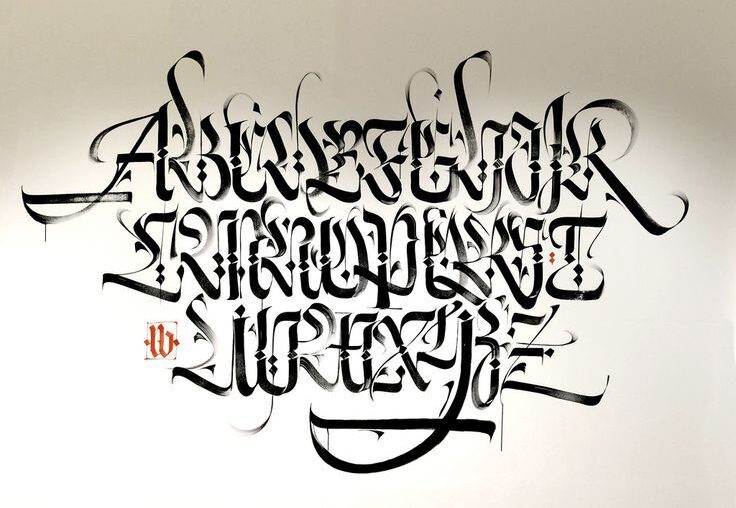The United Arab Emirates is renowned for its modern skyline and rapid development, yet it remains deeply connected to its cultural heritage. The traditional art of UAE reflects the country’s rich history, blending Bedouin, Islamic, and Arab influences into various artistic forms. Among these, UAE calligraphy stands as a significant art form, symbolizing the region’s devotion to Arabic script and cultural expression.
This guide delves into the historical roots, major art forms, techniques, and contemporary influences shaping the traditional art of UAE, with a special focus on UAE calligraphy.
Historical Background of Traditional Art in UAE
Origins and Early Influences
The traditional art of UAE dates back centuries, shaped by Islamic, Persian, and Bedouin cultures. Early artisans crafted intricate designs inspired by nature, desert landscapes, and religious motifs. The region’s nomadic lifestyle influenced textile weaving, pottery, and metalwork.
Islamic Art and Its Influence
Islamic art played a crucial role in shaping artistic traditions in the UAE. Due to religious restrictions on depicting human and animal figures, artisans focused on geometric patterns, floral motifs, and UAE calligraphy, which became the most revered form of artistic expression.
Impact of Trade and Cultural Exchange
Being a hub for trade, the UAE has absorbed artistic influences from Persia, India, and Africa. The exchange of artistic techniques and materials led to a unique blend of styles seen in architectural embellishments, jewelry, and textiles.
Major Forms of Traditional Art in UAE
1. UAE Calligraphy
One of the most significant art forms in the region, UAE calligraphy is deeply rooted in Islamic culture. It involves the artistic rendering of Arabic script, often used in religious texts, architectural designs, and contemporary artworks.
2. Pottery and Ceramics
Pottery has been a part of Emirati culture for centuries, with artisans crafting functional and decorative pieces. Traditional clay pots, known as “khumrah,” were used for storing water and food.
3. Textile Weaving and Embroidery
Weaving has long been a significant craft, particularly among Bedouin communities. The “sadu” weaving technique, recognized by UNESCO, is a distinctive pattern made using wool and cotton. Emirati women also excel in embroidery, creating intricate designs on garments and home furnishings.
4. Henna Art
Henna application is a popular traditional art form, particularly among Emirati women. It involves intricate patterns drawn on the hands and feet during celebrations and weddings.
5. Metalwork and Jewelry Making
The UAE has a rich tradition of metalwork, particularly in crafting intricate jewelry, swords, and daggers. Gold and silver jewelry are adorned with traditional motifs and semi-precious stones.
6. Architectural Ornamentation
Traditional Emirati architecture incorporates artistic elements such as wooden carvings, gypsum latticework, and colorful mosaics. Calligraphic inscriptions often adorn mosques and heritage buildings.
UAE Calligraphy: The Art of Arabic Script
Evolution of UAE Calligraphy
UAE calligraphy has evolved over centuries, with early influences from Islamic scholars and Persian calligraphers. Arabic calligraphy is more than just a form of writing; it is a spiritual and artistic practice that embodies elegance and meaning.
Major Styles of UAE Calligraphy
Several calligraphic styles are prominent in the UAE, each with its own unique characteristics:
1. Kufic Calligraphy
One of the oldest Arabic calligraphy styles, Kufic script is characterized by angular, geometric letters. It is commonly found in mosque inscriptions and ancient manuscripts.
2. Naskh Calligraphy
A fluid and readable script, Naskh is widely used in Quranic texts and formal documents.
3. Diwani Calligraphy
Known for its ornate, decorative curves, Diwani script is often used in artistic calligraphy pieces and official documents.
4. Thuluth Calligraphy
This style features elongated vertical lines and intricate flourishes, frequently used in architectural inscriptions.
Techniques and Materials Used in UAE Calligraphy
Traditional Calligraphy Tools
- Qalam (Reed Pen) – A handcrafted pen made from dried reeds, used for precise strokes.
- Ink – Traditionally made from natural ingredients like soot, gum Arabic, and water.
- Parchment & Paper – Early calligraphy was inscribed on parchment; today, high-quality paper is used.
Modern Innovations in UAE Calligraphy
While traditional tools remain relevant, modern calligraphers now use digital tools and mixed media to create contemporary Arabic calligraphy art.
The Role of Traditional Art in UAE Culture
Preservation of Heritage
The traditional art of UAE is essential in maintaining the country’s cultural identity. Government initiatives and cultural institutions work to preserve and promote these art forms through exhibitions, museums, and educational programs.
Integration into Contemporary Art
Modern artists are incorporating traditional Emirati motifs and UAE calligraphy into paintings, sculptures, and digital artworks, bridging the gap between past and present.
Art in National and Religious Events
Art plays a significant role in UAE’s national celebrations, including the UAE National Day, Ramadan festivities, and heritage festivals. Calligraphy is widely used in decorations and public installations during these events.
FAQs
1. What is the significance of the traditional art of UAE?
Traditional art reflects the UAE’s rich cultural heritage, showcasing influences from Islamic, Bedouin, and Persian traditions.
2. Why is UAE calligraphy important?
UAE calligraphy is a revered form of Islamic art, used in religious texts, architectural design, and contemporary artworks.
3. What are the main types of calligraphy in UAE?
Kufic, Naskh, Diwani, and Thuluth calligraphy are the most prominent styles.
4. How is Arabic calligraphy used in UAE architecture?
Calligraphic inscriptions adorn mosques, palaces, and cultural monuments, adding aesthetic and spiritual significance.
5. What is sadu weaving?
Sadu is a traditional textile weaving technique practiced by Emirati women, known for its geometric patterns.
6. What are the materials used in UAE calligraphy?
Calligraphers use reed pens (qalam), natural inks, and high-quality paper or parchment.
7. How has modern technology influenced UAE calligraphy?
Digital tools and mixed media techniques have allowed calligraphers to expand their artistic expressions.
8. Where can I see traditional art in UAE?
Museums, heritage villages, and cultural festivals showcase the traditional art of UAE.
9. What are the major influences on UAE art?
Islamic, Persian, and Bedouin cultures have significantly influenced Emirati art.
10. What is henna art?
Henna is a temporary body art using natural dye, commonly applied during celebrations.
Conclusion
The traditional art of UAE remains a vital part of the country’s cultural identity, bridging history with contemporary artistic innovation. Among these traditions, UAE calligraphy stands as a profound artistic expression, carrying spiritual and aesthetic significance. Through government support and artistic evolution, Emirati art continues to thrive and inspire future generations.

